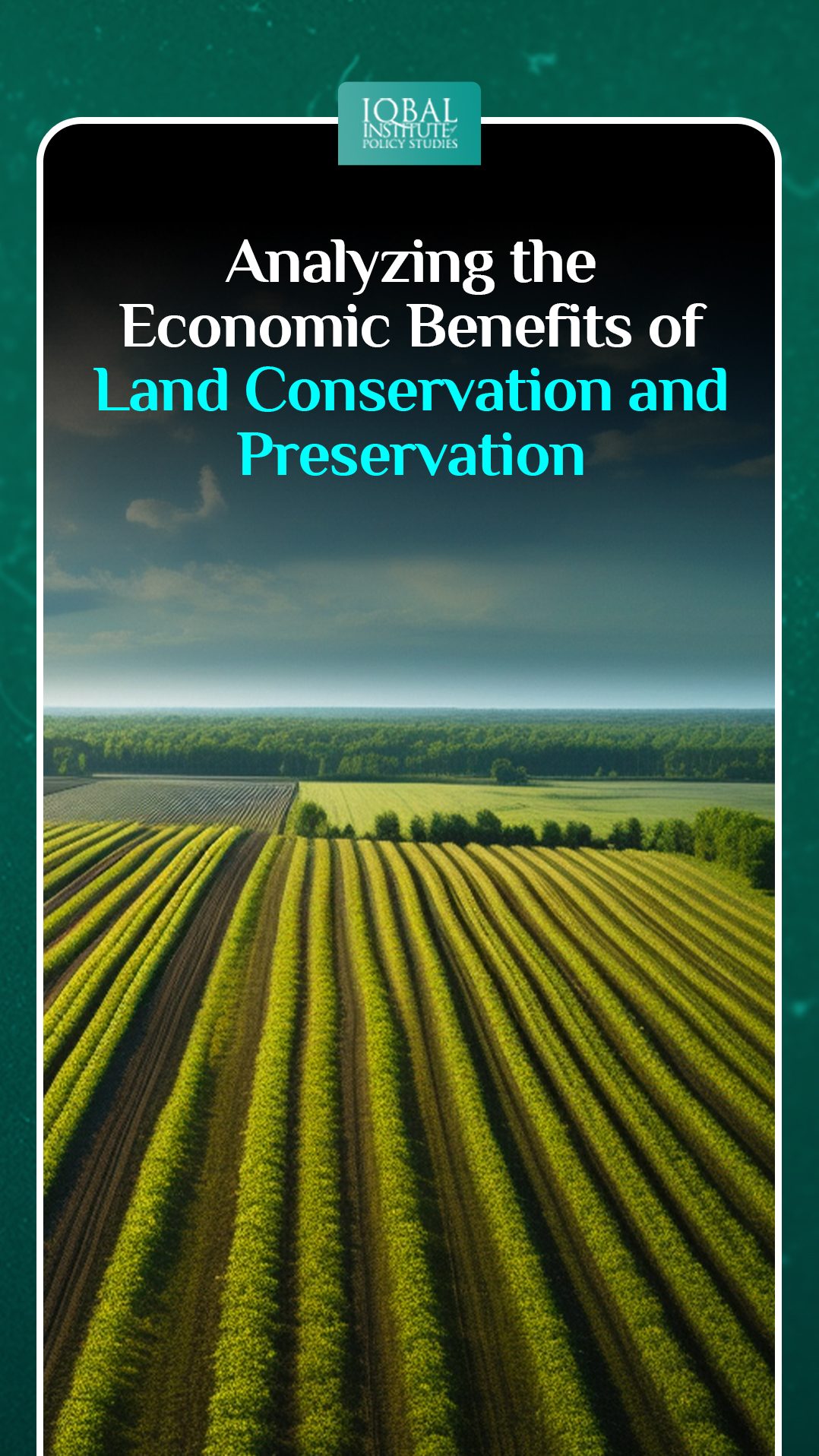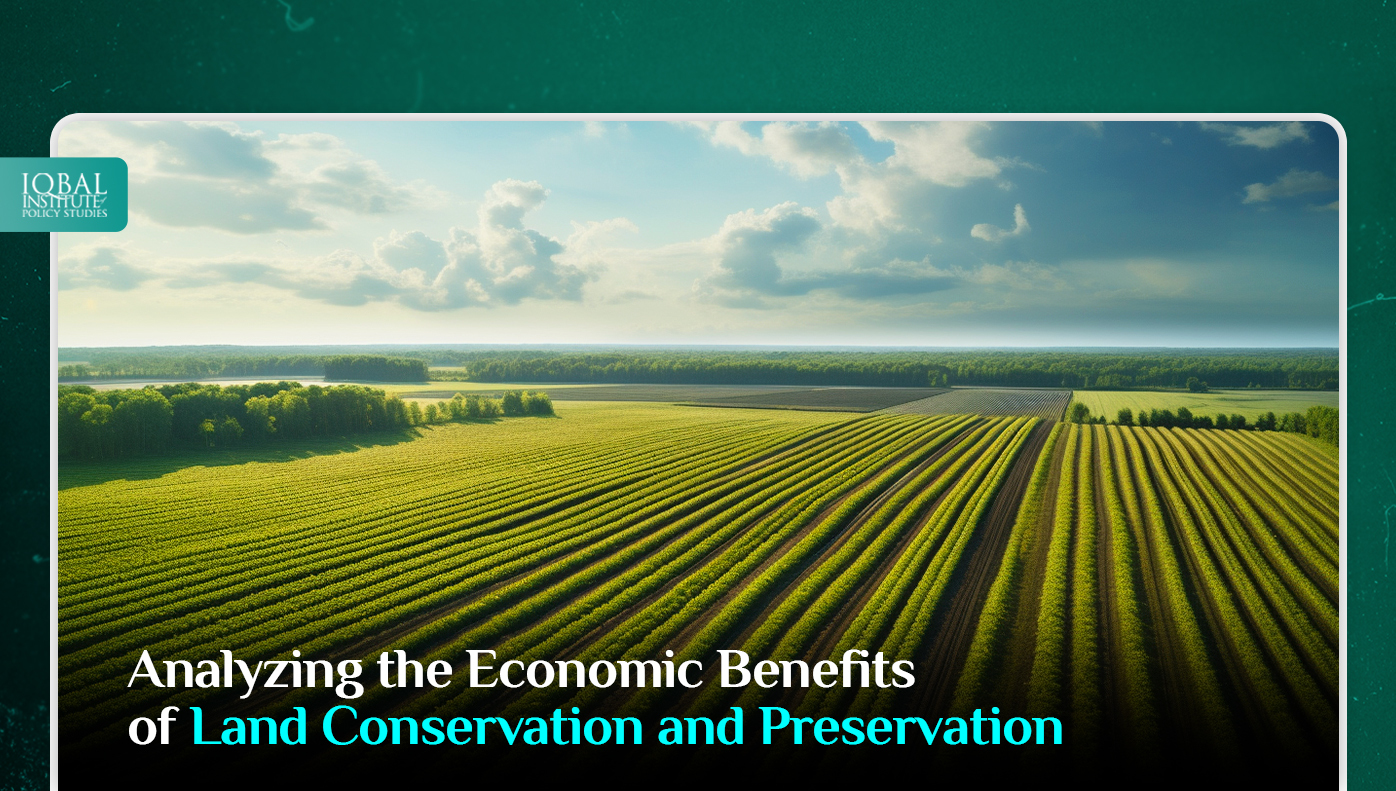Land conservation and preservation have become increasingly important topics in today’s world. As human activities continue to impact the environment, there is a growing recognition of the need to protect and preserve natural areas for future generations. While the ecological benefits of land conservation are well understood, a significant economic case must be made. This blog aims to delve into the economic benefits of land conservation and preservation, highlighting how it can contribute to local economies, promote sustainable tourism, enhance property values, and provide long-term economic stability.
Local Economic Contributions
Land conservation and preservation initiatives can have a positive impact on local economies. Protected lands often provide job opportunities, particularly in tourism, recreation, and environmental management. Protected areas attract visitors, leading to increased spending on accommodation, food, and recreational activities. This, in turn, creates employment opportunities for local communities. Furthermore, land conservation can stimulate economic growth through various means. For instance, preserved lands can serve as research and educational sites, attracting scientists, students, and researchers who contribute to the local economy. Moreover, conservation efforts can support sustainable agriculture and forestry practices, fostering a healthy environment for these industries and ensuring their long-term viability.
Sustainable Tourism
Land conservation and preservation play a crucial role in promoting sustainable tourism. Protected areas, such as national parks, nature reserves, and wildlife sanctuaries, often become tourist destinations, drawing visitors from near and far. These tourists contribute to the local economy by spending money on accommodations, transportation, dining, and recreational activities. By preserving natural habitats and biodiversity, land conservation attracts nature enthusiasts, adventure seekers, and eco-tourists. This form of tourism generates revenue and raises awareness about the importance of environmental conservation. Furthermore, sustainable tourism practices can help diversify local economies, reducing reliance on industries with negative environmental impacts, such as mining or heavy manufacturing.
Enhanced Property Values
Conserving and preserving land can positively affect property values in surrounding areas. Studies have shown that proximity to protected natural areas can increase property values and enhance the attractiveness of real estate. People are willing to pay a premium to live near protected lands due to the associated benefits, including improved air quality, access to recreational opportunities, and the aesthetic appeal of preserved natural landscapes. Higher property values can have a ripple effect on the local economy. Increased property taxes provide additional revenue for local governments, which can be allocated toward public services, infrastructure development, and education. Moreover, homeowners living near conserved lands often experience improved quality of life, enhancing the area’s desirability for potential residents.
Long-Term Economic Stability
Land conservation and preservation offer long-term economic stability by safeguarding ecosystem services and natural resources. Natural areas provide valuable services such as clean air and water, climate regulation, and soil fertility. Protecting these services ensures their availability for future generations and reduces the costs associated with alternative solutions, such as water treatment plants or artificial climate control systems. Conserved lands also serve as natural buffers against natural disasters like floods or wildfires. By maintaining healthy ecosystems, land conservation helps mitigate the impacts of these events and reduces the need for costly post-disaster recovery efforts. Additionally, land conservation can contribute to sustainable resource management. Preserved lands often support sustainable forestry, fishing, and hunting practices, ensuring the long-term viability of these industries. By protecting natural resources, land conservation promotes economic resilience and reduces the risk of resource depletion.
Biodiversity and Bioprospecting
Preserving land helps maintain biodiversity, which has significant economic potential. Biodiversity supports various industries, including pharmaceuticals, agriculture, and biotechnology. Many life-saving drugs have been derived from natural resources found in protected areas. Conserving land ensures the preservation of potentially valuable plant and animal species that could contribute to future discoveries and innovations. Protecting biodiversity also helps safeguard genetic diversity, which is vital for the resilience of agriculture and food security.
Carbon Sequestration and Climate Change Mitigation
In the face of global climate change, land conservation is critical in carbon sequestration and mitigation efforts. Forests are carbon sinks, absorbing carbon dioxide from the surroundings and storing it in biomass and soils. By protecting forests and promoting reforestation, we can mitigate greenhouse gas emissions and reduce the effects of climate change. These actions have economic benefits in the form of avoided costs associated with climate-related damages, such as extreme weather events and disruptions to agricultural productivity.
Risk Reduction and Resilience
Conserved land can be a natural buffer against natural disasters and climate-related risks. Wetlands, for example, absorb and store excess rainfall, reducing the likelihood and impact of floods. Coastal ecosystems like mangroves and salt marshes protect shorelines from storm surges and erosion. By preserving these natural defenses, land conservation helps mitigate the costs associated with disaster response, infrastructure damage, and the displacement of communities. It promotes resilience and ensures long-term economic stability by minimizing risks and vulnerabilities.
Ecosystem Services
Conserved lands provide essential ecosystem services that have direct and indirect economic values. Forests, wetlands, and grasslands regulate water cycles, prevent soil erosion, and purify air and water. These services benefit industries such as agriculture, fisheries, and water supply. For example, healthy watersheds reduce water treatment costs for municipalities, while forests significantly reduce climate change by sequestering carbon dioxide. The economic value of these services is often substantial, and conserving land can save significant costs associated with infrastructure and resource management.
Conclusion
Land conservation and preservation offer a multitude of economic benefits. They contribute to local economies by creating jobs, attracting tourists, and supporting sustainable industries. Moreover, conserved lands enhance property values, increasing tax revenue and improving the quality of life for residents. Furthermore, land conservation promotes long-term economic stability by protecting ecosystem services and natural resources while mitigating the impacts of natural disasters.
As we strive for sustainable development, it is imperative to recognize the economic advantages of land conservation and preservation. By investing in protecting our natural areas, we ensure a better future for the environment and promote economic prosperity and resilience for generations to come.
This article is written by Radma Nouman. Radma is a Research Analyst at the Iqbal Institute of Policy Studies (IIPS).



Leave a Reply